

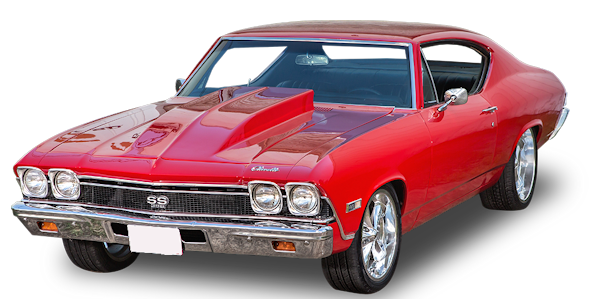

Mobile users:
For best results, view in Landscape mode.
In the 1920's, the need for fast cars started
with prohibition.
Moonshiners and bootleggers wanted to be
able to outrun the police, so they started
modifying their cars.
As the years passed and prohibition ended,
the Southern moonshiners became infamous
for their modified cars.
The moonshiners transformed their cars due
to the demand for speed, handling, and
cargo capacity.
Opinions on the origin of the muscle car
vary, but the 1949 Oldsmobile Rocket 88,
is cited as the first full-sized muscle car.
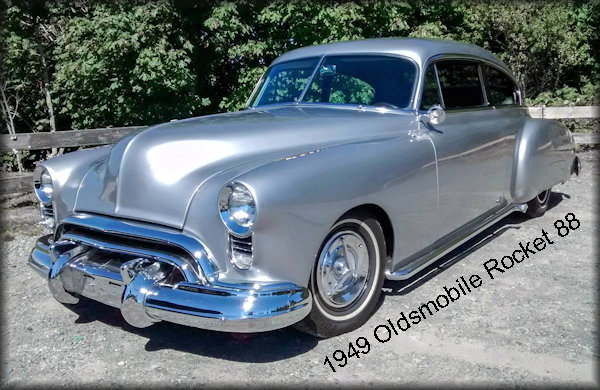
The Rocket 88 was the first time a powerful
V8 engine was available in a smaller and
lighter body style (303 cu in (5.0 L) engine
from the larger Oldsmobile 98 with the body
from the six-cylinder Oldsmobile 76).
In 1955, the large sized Chrysler C-300
was introduced that produced 300 hp
from its 331 cu in (5.4 L) V8 engine.
Capable of accelerating from 0 to 60 mph
in 9.8 seconds and reaching 130 MPH.
The name Chrysler 300 derived from its
300 horsepower.
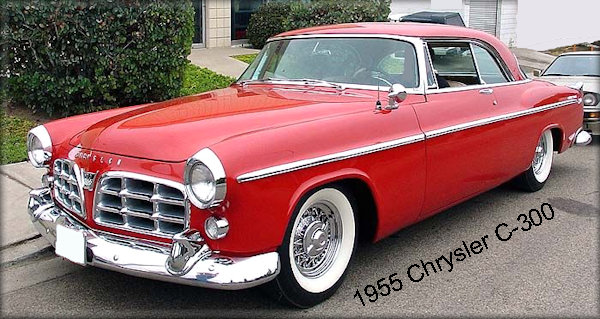
Muscle cars in the 1950's weren't known
as muscle cars yet, but the Chrysler Hemi
design, known as the FirePower, came into
existence in 1951 along with the Chevrolet
small-block V8.
In 1955, the Hemi V8 went into the
Chrysler C-300 and was also known
as "America's Most Powerful Car."
HEMI is short for hemispherical combustion
chamber.
The basic design was used in car engines
back in 1901, and most had only
4-cylinders.
In 1948, Harry Westlake along with a few
others broke through with a 6-cylinder
engine for Jaguar that used the basic
HEMI technology.
In 1964, when the 426 HEMI was first seen,
it was strictly a racing engine.
After Hemi-powered Mopars dominated
the that year's Daytona 500, they were
quickly banned unless the motors
were offered to the general public.
The 426 Street HEMI was nicknamed
"Elephant Engine" not only for its cubic
capacity and power, but for its 800-plus
pound weight.
The first street HEMI appeared in the 1966
B-body Plymouth and Dodge, including the
first-year Dodge Charger.
The 426 HEMI, was built from 1964
through 1971.
In 1957, the Chevrolet Corvette SS
(Super Sport) debuted, a custom built
racing sports car that was the first
Chevrolet to wear the SS badge.
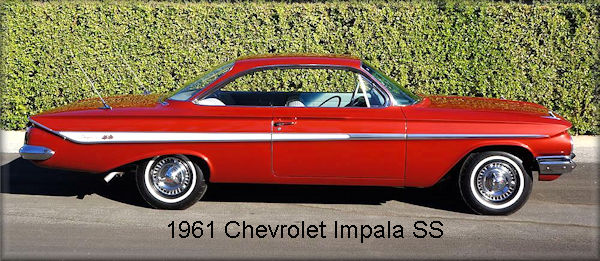
The 1961 Chevrolet Impala offered an
SS package, which consisted of a 409 cu in
(6.7 L) V8 engine producing 425 hp and
upgraded brakes, tires and suspension.
The package also included interior and exterior
SS trim, stronger shocks, power brakes,
and a few other enhancements.
That year, Chevy built 491,000 Impalas,
but only 453 brandished the SS badge.
Some of the other models bearing the
SS badge include the Camaro, Monte Carlo,
Chevelle, El Camino and Nova.
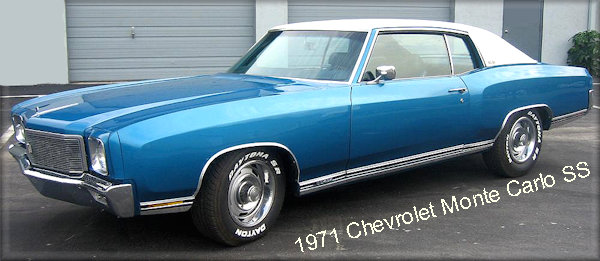
The SS models grew in popularity throughout
the 1960's, 1970's, and 1980's as performance
variants of Chevy sedans, and by the 1990's
Chevrolet had introduced SS editions
of the pickup trucks as well.
All SS models come with distinctive
"SS" markings on their exterior.
In 2003, Chevrolet unveiled a concept car
that was called simply the “SS.”
Much like the model today, the SS Concept
was a rear-wheel drive sports car powered
by a 400-plus horsepower V8, but Chevy
never intended for the vehicle to reach
production.